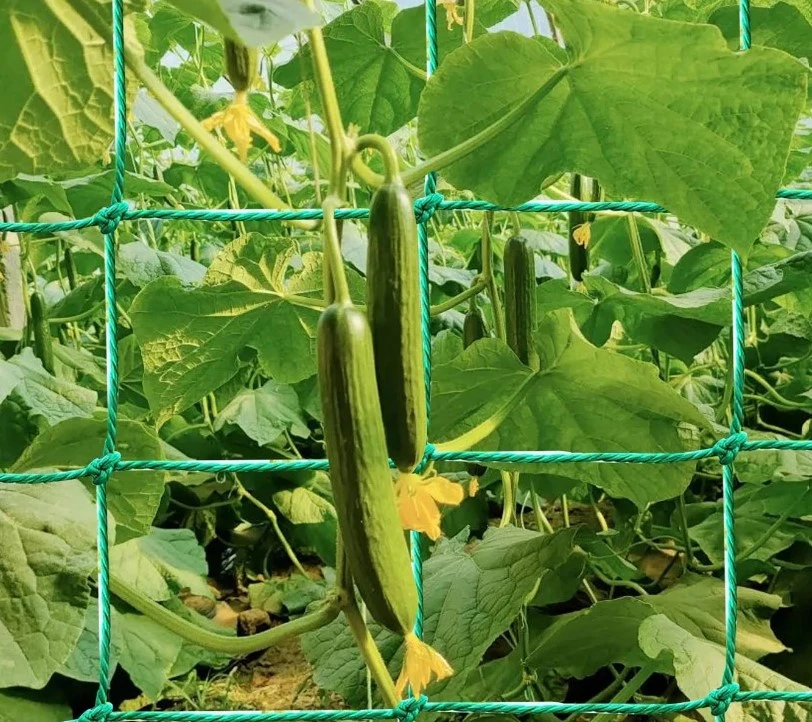-
 Afrikaans
Afrikaans -
 Albanian
Albanian -
 Amharic
Amharic -
 Arabic
Arabic -
 Armenian
Armenian -
 Azerbaijani
Azerbaijani -
 Basque
Basque -
 Belarusian
Belarusian -
 Bengali
Bengali -
 Bosnian
Bosnian -
 Bulgarian
Bulgarian -
 Catalan
Catalan -
 Cebuano
Cebuano -
 China
China -
 Corsican
Corsican -
 Croatian
Croatian -
 Czech
Czech -
 Danish
Danish -
 Dutch
Dutch -
 English
English -
 Esperanto
Esperanto -
 Estonian
Estonian -
 Finnish
Finnish -
 French
French -
 Frisian
Frisian -
 Galician
Galician -
 Georgian
Georgian -
 German
German -
 Greek
Greek -
 Gujarati
Gujarati -
 Haitian Creole
Haitian Creole -
 hausa
hausa -
 hawaiian
hawaiian -
 Hebrew
Hebrew -
 Hindi
Hindi -
 Miao
Miao -
 Hungarian
Hungarian -
 Icelandic
Icelandic -
 igbo
igbo -
 Indonesian
Indonesian -
 irish
irish -
 Italian
Italian -
 Japanese
Japanese -
 Javanese
Javanese -
 Kannada
Kannada -
 kazakh
kazakh -
 Khmer
Khmer -
 Rwandese
Rwandese -
 Korean
Korean -
 Kurdish
Kurdish -
 Kyrgyz
Kyrgyz -
 Lao
Lao -
 Latin
Latin -
 Latvian
Latvian -
 Lithuanian
Lithuanian -
 Luxembourgish
Luxembourgish -
 Macedonian
Macedonian -
 Malgashi
Malgashi -
 Malay
Malay -
 Malayalam
Malayalam -
 Maltese
Maltese -
 Maori
Maori -
 Marathi
Marathi -
 Mongolian
Mongolian -
 Myanmar
Myanmar -
 Nepali
Nepali -
 Norwegian
Norwegian -
 Norwegian
Norwegian -
 Occitan
Occitan -
 Pashto
Pashto -
 Persian
Persian -
 Polish
Polish -
 Portuguese
Portuguese -
 Punjabi
Punjabi -
 Romanian
Romanian -
 Russian
Russian -
 Samoan
Samoan -
 Scottish Gaelic
Scottish Gaelic -
 Serbian
Serbian -
 Sesotho
Sesotho -
 Shona
Shona -
 Sindhi
Sindhi -
 Sinhala
Sinhala -
 Slovak
Slovak -
 Slovenian
Slovenian -
 Somali
Somali -
 Spanish
Spanish -
 Sundanese
Sundanese -
 Swahili
Swahili -
 Swedish
Swedish -
 Tagalog
Tagalog -
 Tajik
Tajik -
 Tamil
Tamil -
 Tatar
Tatar -
 Telugu
Telugu -
 Thai
Thai -
 Turkish
Turkish -
 Turkmen
Turkmen -
 Ukrainian
Ukrainian -
 Urdu
Urdu -
 Uighur
Uighur -
 Uzbek
Uzbek -
 Vietnamese
Vietnamese -
 Welsh
Welsh -
 Bantu
Bantu -
 Yiddish
Yiddish -
 Yoruba
Yoruba -
 Zulu
Zulu
gabion wire specification
Gabion Wire Specification An Overview
Gabions, or wire mesh cages filled with rocks, are widely used in various civil engineering applications due to their strength, durability, and versatility. The core component of gabions is the wire mesh used to construct their frames. Selecting the appropriate gabion wire specification is crucial for ensuring the longevity and effectiveness of gabion structures, especially in challenging environmental conditions.
Material Composition
Gabion wire is typically made from high-tensile steel, offering excellent strength and flexibility. The most common specifications are galvanized steel, PVC-coated steel, and stainless steel. Galvanized wire is coated with zinc, providing corrosion resistance, making it suitable for most applications. For areas with extreme weather conditions or saltwater exposure, PVC-coated wire is preferable due to its additional protection against rust and corrosion. Stainless steel wire, while more expensive, offers superior durability and resistance to corrosive environments.
Wire Diameter
The diameter of gabion wire typically ranges from 2.0 mm to 4.0 mm (approximately 12 to 8 gauges). The choice of diameter depends on the application and the type of soil and rock materials used in the gabion. Thicker wires provide greater strength and are recommended for larger gabions or installations that will experience significant load and stress, while thinner wires are suitable for smaller or less stressed applications.
Mesh Size
gabion wire specification

The mesh size of gabion wire is another critical specification. Common mesh sizes include 6x8 cm, 8x10 cm, and 10x12 cm. The choice of mesh size largely depends on the type of fill materials used within the gabion. A finer mesh is recommended for smaller rocks or soil, while larger mesh sizes can accommodate larger stones. Proper mesh size is vital to prevent fill materials from washing out, enhancing stability and reinforcing the structure.
Coating
As mentioned, there are various coatings available for gabion wire. Galvanization is a common practice, providing effective corrosion resistance. For enhanced longevity, wires may also be coated with a combination of zinc and PVC, making them ideal for areas with aggressive environmental conditions. The coating thickness can also vary, usually between 40 to 300 grams per square meter, depending on the intended use and exposure to corrosive elements.
Manufacturing Standards
Gabion wire should conform to specific manufacturing standards to ensure quality and performance. Standards such as ASTM A975 (for welded wire gabions) and ASTM A392 (for coated wire specifications) help in evaluating the wire's mechanical properties, including tensile strength and elongation. Adhering to these standards ensures that the gabion wire can withstand the pressures of installation and long-term usage.
Conclusion
In summary, selecting the correct gabion wire specification is vital for the success of gabion installations. Factors such as material composition, wire diameter, mesh size, coating, and adherence to manufacturing standards all play a critical role in ensuring the robustness and durability of gabion systems. As engineers and architects continue to utilize gabions in various construction projects, understanding these specifications will facilitate better design choices and contribute to more resilient infrastructure.
-
Shipping Plastic Bags for Every NeedNewsJul.24,2025
-
Safety Netting: Your Shield in ConstructionNewsJul.24,2025
-
Plastic Mesh Netting for Everyday UseNewsJul.24,2025
-
Nylon Netting for Every UseNewsJul.24,2025
-
Mesh Breeder Box for Fish TanksNewsJul.24,2025
-
Expanded Steel Mesh Offers Durable VersatilityNewsJul.24,2025











